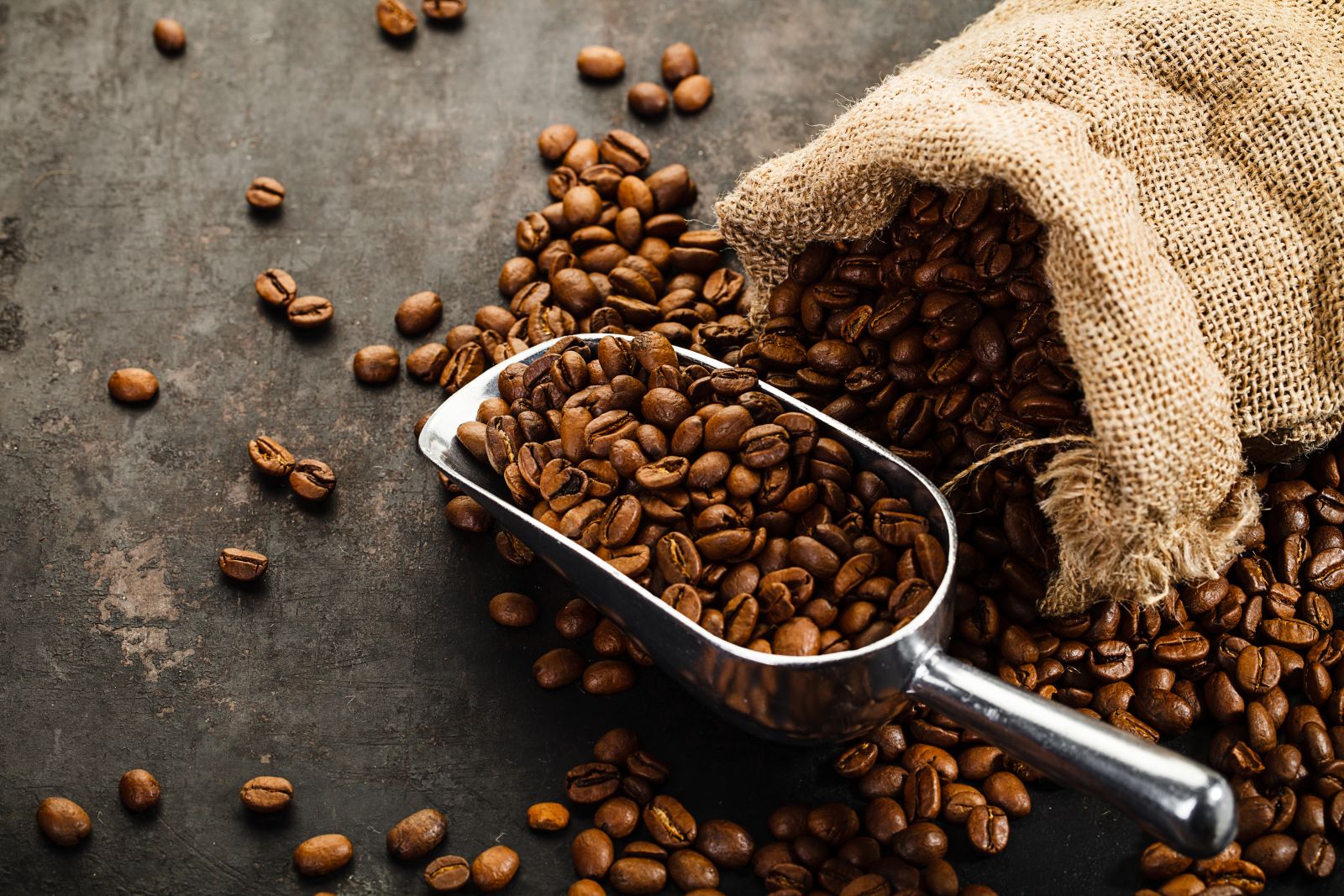
March arabica coffee (KCH24) this morning is down -4.20 (-2.28%), and Mar ICE robusta coffee (RMH24) is down -4 (-0.14%).
Coffee prices this morning are moderately lower, with arabica falling to a 1-month low. Forecasts for rain in Brazil next week have eased concern about dry conditions and sparked some long liquidation pressure in coffee futures. Losses in robusta coffee are limited after ICE-monitored robusta coffee inventories fell to a record low today.
Strength in the Brazilian real (^USDBRL) is supporting coffee prices after the real today rallied to a 2-week high against the dollar. A stronger real discourages export selling by Brazil's coffee producers.
Low coffee inventories are supportive of coffee prices. ICE-monitored arabica coffee inventories fell to a 24-year low of 224,066 bags on November 30, although they recovered slightly Wednesday to a 2-week high of 258,066 bags. ICE-monitored robusta coffee inventories today fell to a record record low of 3,311 lots.
Tight robusta coffee supplies are bullish for prices, propelling March robusta to a contract high Wednesday and nearest-futures robusta prices (RMF24) to a record high on December 21. Vietnam's General Department of Customs reported Wednesday that Vietnam's 2023 (Jan-Dec) coffee exports fell -8.7% y/y to 1.62 MMT. Also, Vietnam's agriculture department on November 3 projected Vietnam's coffee production in the 2023/24 crop year could drop by -10% to 1.656 MMT, the smallest crop in four years, due to drought. Meanwhile, the Vietnam Coffee Association on December 5 projected that 2023/24 Vietnam coffee production would fall to 1.6 MMT-1.7 MMT, down from 1.78 MMT a year earlier.
Arabica coffee prices are supported by concern that recent dry weather in Brazil will damage coffee crops. Somar Meteorologia reported Monday that Brazil's Minas Gerais region received only 42.4 mm of rainfall in the past week, or 60% of the historical average. Minas Gerais accounts for about 30% of Brazil's arabica crop.
Signs of larger arabica coffee supplies are bearish for prices after Brazil's Trade Ministry reported Brazil's Dec coffee exports (not roasted) jumped +33.7% y/y to 244 MMT. Brazil is the world's largest producer of arabica coffee beans.
An increase in global coffee supplies is negative for prices after the International Coffee Organization (ICO) reported last Wednesday that Nov global coffee exports rose +4.1% y/y to 10.61 million bags and Oct-Nov coffee exports are up +3.1% y/y at 20.25 million bags.
The U.S. Climate Prediction Center on June 8 declared an El Nino weather event, which is likely to support coffee prices. An El Nino pattern typically brings heavy rains to Brazil and drought to India, negatively impacting coffee crop production. The El Nino event may bring drought to Vietnam's coffee areas late this year and in early 2024, according to an official from Vietnam's Institute of Meteorology, Hydrology, and Climate Change.
In a bearish factor, the International Coffee Organization (ICO) projected on December 5 that 2023/24 global coffee production would climb +5.8% y/y to 178 million bags due to an exceptional off-biennial crop year. ICO also projects global 2023/24 coffee consumption will rise +2.2% y/y to 177 million bags, resulting in a 1 million bag coffee surplus.
The USDA's Foreign Agriculture Service (FAS), in its biannual report released on December 21, projected that world coffee production in 2023/24 will increase +4.2% y/y to 171.4 million bags, with a +10.7% increase in arabica production to 97.3 million bags, and a -3.3% decline in robusta production to 74.1 million bags. The USDA's FAS forecasts that 2023/24 ending stocks will fall by -4.0% to 26.5 million bags from 27.6 million bags in 2022-23. The USDA's FAS projects that Brazil's 2023/24 arabica production would climb +12.8% y/y to 44.9 mln bags due to higher yields and increased planted acreage. The USDA's FAS also forecasts that 2023/24 coffee production in Colombia, the world's second-largest arabica producer, will climb +7.5% y/y to 11.5 mln bags.
On the date of publication, Rich Asplund did not have (either directly or indirectly) positions in any of the securities mentioned in this article. All information and data in this article is solely for informational purposes. For more information please view the Barchart Disclosure Policy here.






